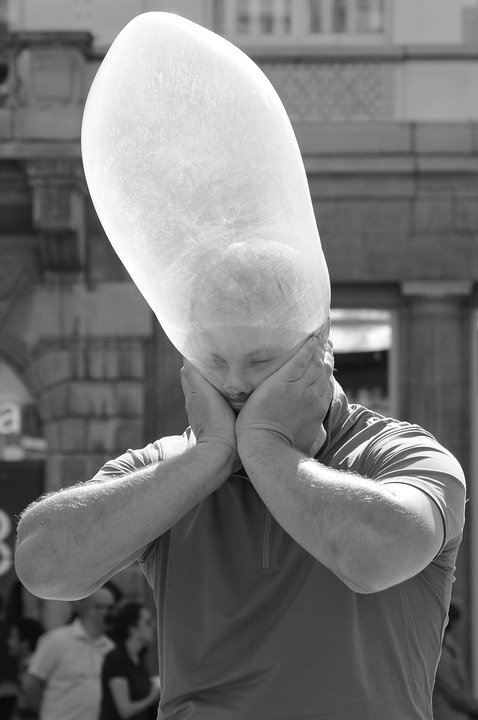
Motor function is a complex and fascinating aspect of human biology that allows us to move our bodies in a coordinated and purposeful manner. From the simple act of reaching for a glass of water to the intricate dance moves of a professional ballerina, motor function is at the core of our everyday movements. But how exactly does our body control and coordinate these movements? What are the secrets behind the incredible precision and flexibility of our motor function?
To understand the intricacies of motor function, we must first delve into the anatomy and physiology of the human body. At the most basic level, motor function is controlled by the nervous system, which consists of the brain, spinal cord, and nerves. The brain serves as the command center for motor function, sending signals to the muscles through the spinal cord and nerves to initiate and control movement.

One of the key players in motor function is the motor cortex, a region of the brain responsible for planning, executing, and controlling voluntary movements. The motor cortex is divided into two main areas: the primary motor cortex, which is involved in the execution of movements, and the supplementary motor cortex, which is responsible for planning and coordinating movements. These two regions work together to ensure smooth and precise motor control.
But the motor cortex is not the only brain region involved in motor function. The basal ganglia and cerebellum also play crucial roles in motor control. The basal ganglia help regulate voluntary movements and coordinate movements with sensory input, while the cerebellum is responsible for fine-tuning movements and maintaining balance and coordination.

In addition to the brain, the spinal cord also plays a vital role in motor function. The spinal cord acts as a relay station, transmitting signals from the brain to the muscles and coordinating movements at the local level. It also contains neural circuits that can generate rhythmic movements, such as walking or running, without input from the brain.
But how do these complex neural circuits work together to produce the incredible range of movements that our bodies are capable of? One key concept in motor function is the idea of motor units, which are groups of muscle fibers controlled by a single motor neuron. When the motor neuron fires, all the muscle fibers in the motor unit contract simultaneously, allowing for precise control of muscle force and movement.

Another important concept in motor function is the idea of sensorimotor integration, which refers to the brain’s ability to combine sensory information with motor commands to produce coordinated movements. For example, when you reach for a glass of water, your brain integrates visual information about the location of the glass, proprioceptive information about the position of your arm, and tactile information about the sensation of touching the glass to execute the movement accurately.
Recent advances in neuroscience have allowed researchers to unlock even more secrets of motor function. For example, studies using neuroimaging techniques such as functional magnetic resonance imaging (fMRI) have revealed the specific brain regions involved in different types of movements, while studies using transcranial magnetic stimulation (TMS) have shown how disrupting specific brain regions can affect motor function.
By understanding the intricate mechanisms behind motor function, researchers hope to develop new therapies for movement disorders such as Parkinson’s disease, stroke, and spinal cord injuries. By studying how the brain controls and coordinates movements, we can unlock the secrets of motor function and pave the way for new treatments that can improve the lives of millions of people around the world.

Discover more from Bibliobazar Digi Books
Subscribe to get the latest posts sent to your email.


